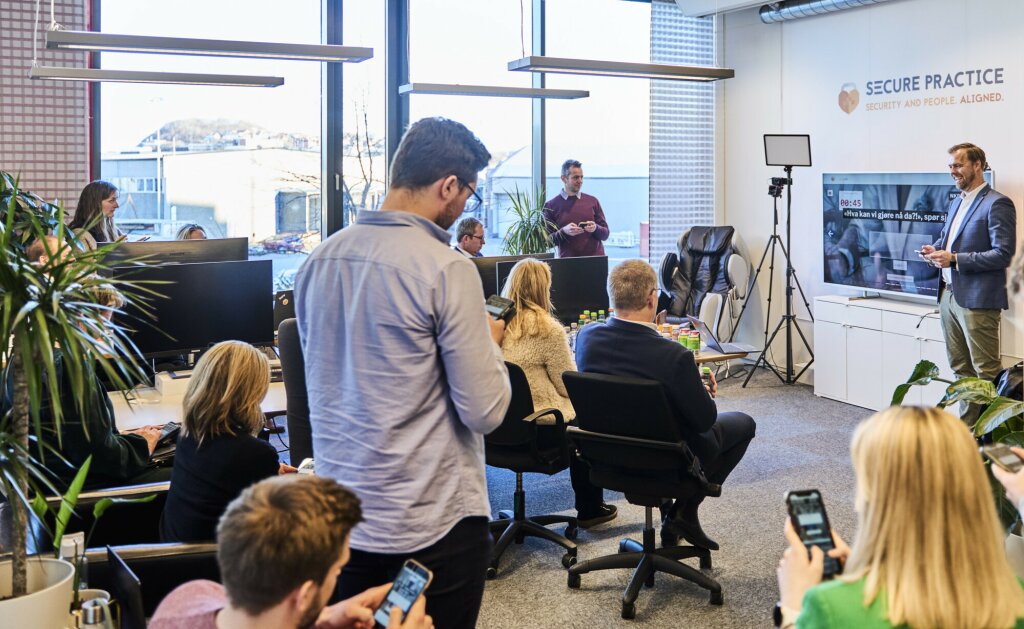We build Secure Practice for
More efficient IT and security operations
Increase involvement, data quality, and automated support for everyone
-
Know when multiple people get the same phishing campaign
-
Automatically collect email metadata with no extra effort
-
-

-
Give teammates instant feedback on their reports
-
Improve reporting rates with zero overhead and manual analysis
-
Assess risk levels with easy, company-wide reporting
There is always someone who is uncertain whether an email is safe or not. When emails like these were previously forwarded to our IT staff, it usually took several messages back and forth before we received the information we needed. All of this works by itself when people use the MailRisk add-on in Outlook.
Vigleik Hustadnes
Chief Information Security Officer at Tussa
Stronger HR and organizational development
Make cybersecurity training a growth tool for internal communication
-
-
Show how colleagues help each other with security challenges
-
Use security training as a coaching tool to develop team members
-
Guarantee their privacy to encourage people to report security threats
-
-
Implement e-learning and security simulations with no extra staff
-
Connect cybersecurity metrics and culture KPIs to business growth
When emails like these were previously forwarded to our IT staff, it usually took several messages back and forth before we received the information we needed.
Vigleik Hustadnes
Chief Information Security Officer at Tussa


